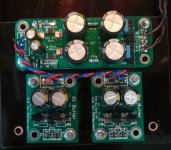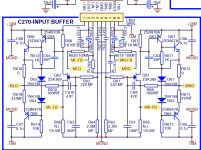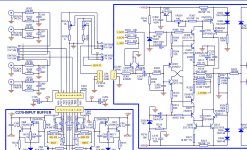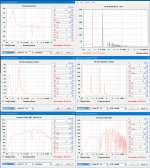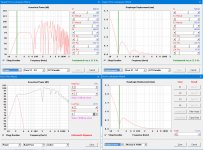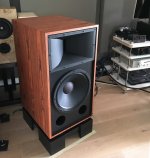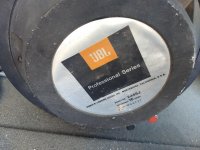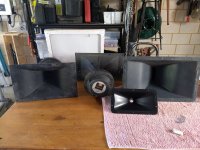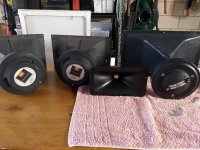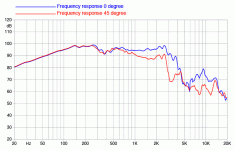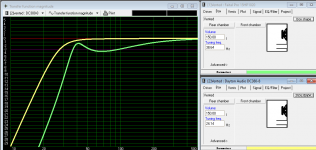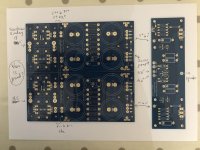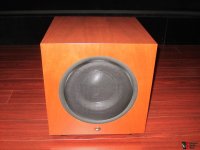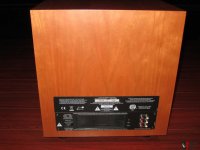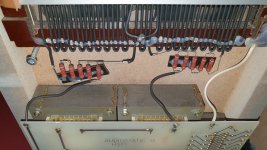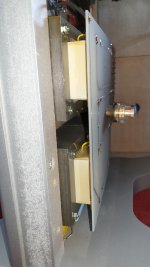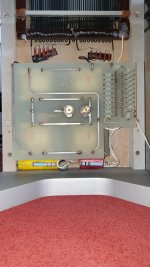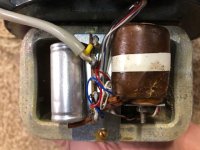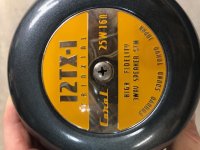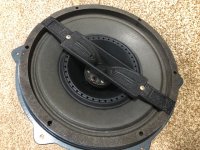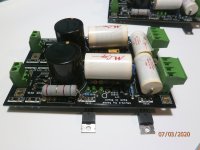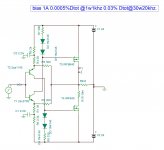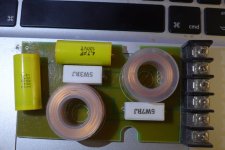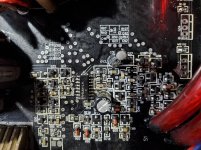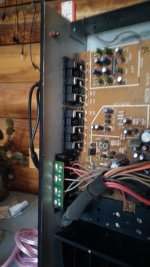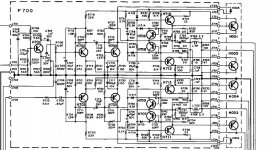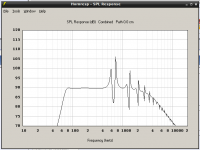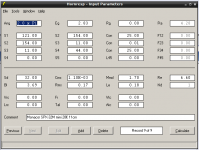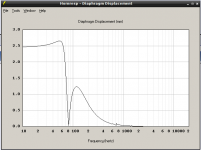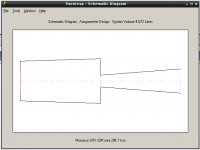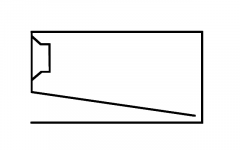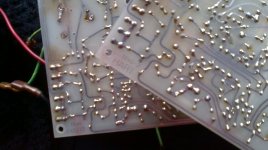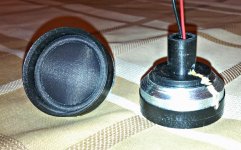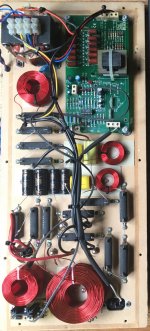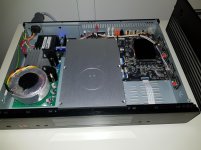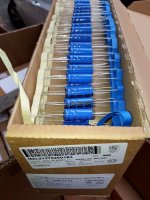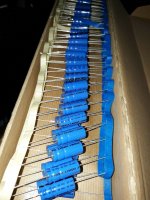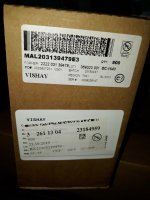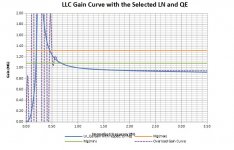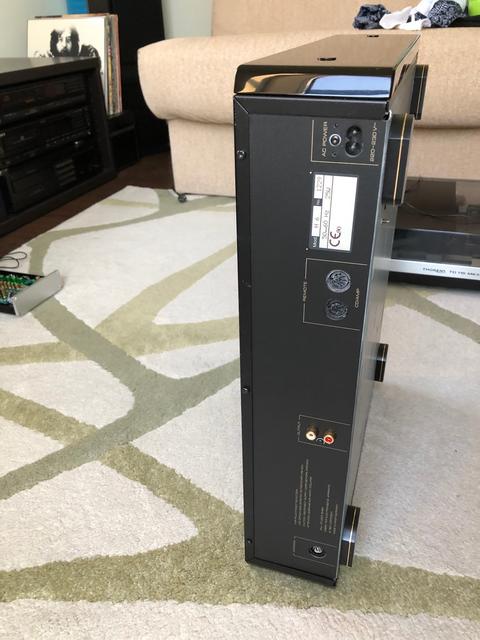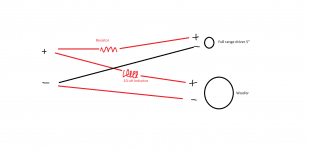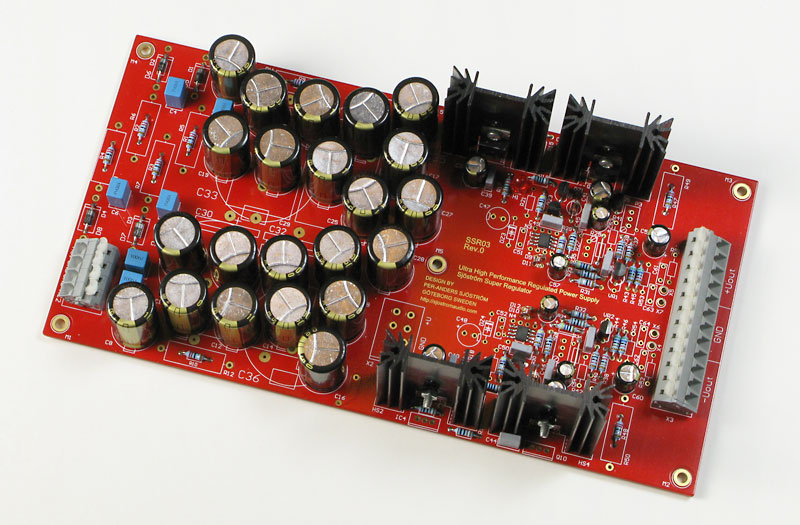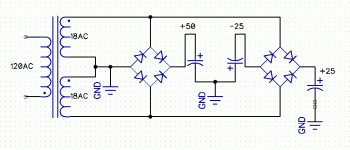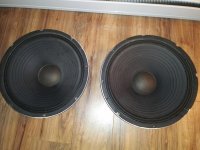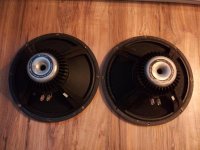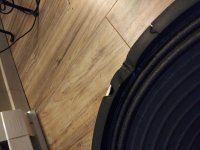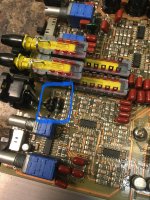Joseph Audio has a patent on this crossover.
Joseph Audio
I haven't done a patent search but I did find an
explantion on how it works on the madisound forum.
snip.....
---------------------------------------------------------------------------------
It works using the mutual inductance of windings inside a transformer.
Picture a transformer, with one primary winding, two secondary windings, the turns ratio being 1:1:1.
Connect the amp to the primary winding. Connect a driver one of the secondary windings. Now connect
the other secondary winding to the driver, except inverted and with a capacitor in series.
At low freqs, the cap disconnects the second coil and the output is largely unaffected.
At high freqs, the cap provides an AC short, which then opposes the formation of the mutual inductance
which would be necessary to induce current in either secondary winding. Output current drops toward zero
at high freqs because the mutual inductance between the primary and secondary drop toward zero at the
affected freqs.
The reflected impedance will begin to increase as the capacitor starts to provide the short. The amp
side sees the resulting cancellation of the mutual inductance as an open circuit on the secondary.
Also as the capacitor provides the short, the driver starts to see only the paralled DCR of the two
windings (and the cap) as the magnetic field necessary to create the inductance can't form (enough) a
round the closely coupled bifillar windings when one is inverted.
--------------------------------------------------------------------------
So... the question is.. is it possible to make an active crossover using this "patent" idea using a transfomer and capacitor and an op-amp to get a 120db/octave crossover ?
Sounds too simple to be true - lol
hmmm....
